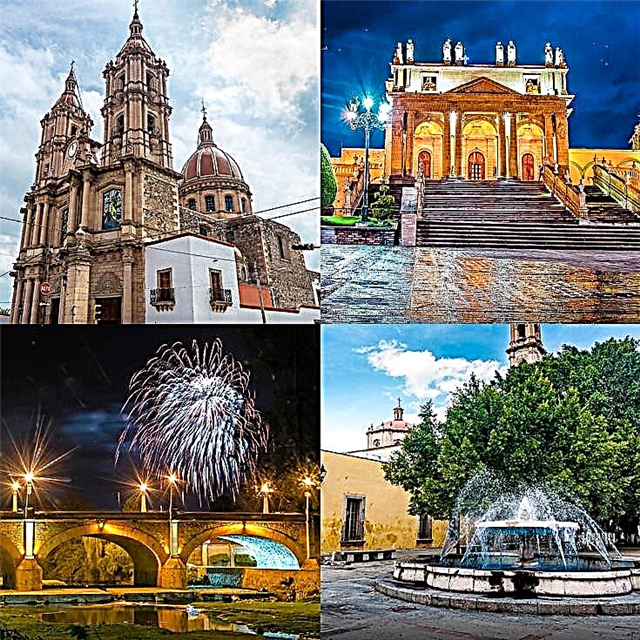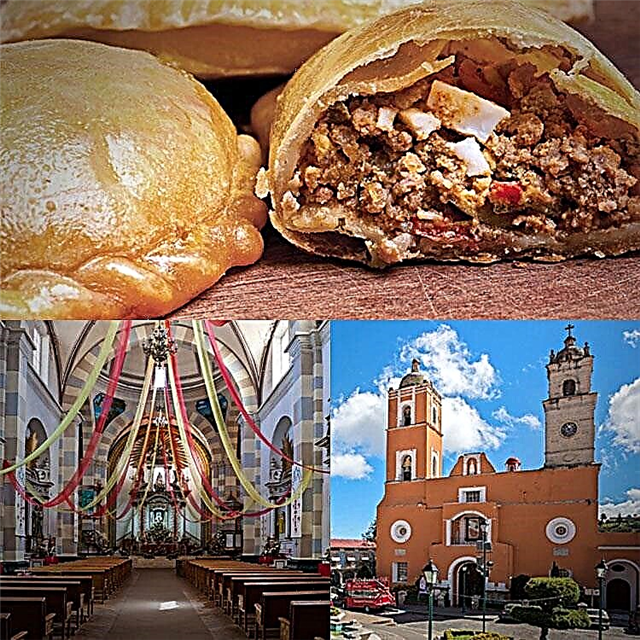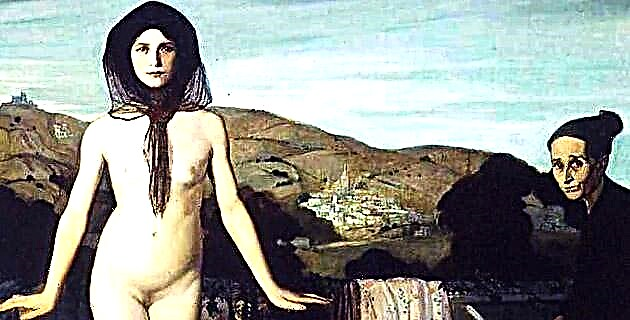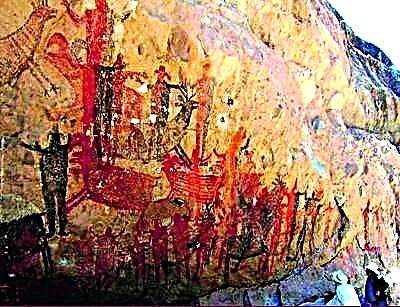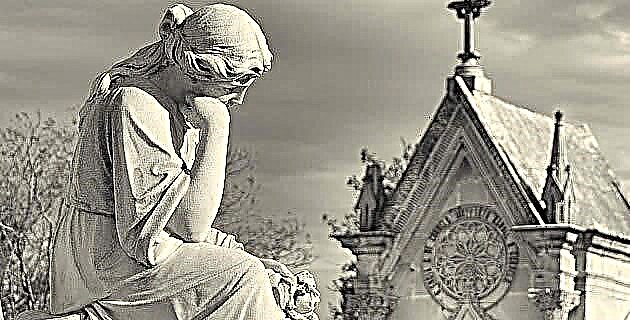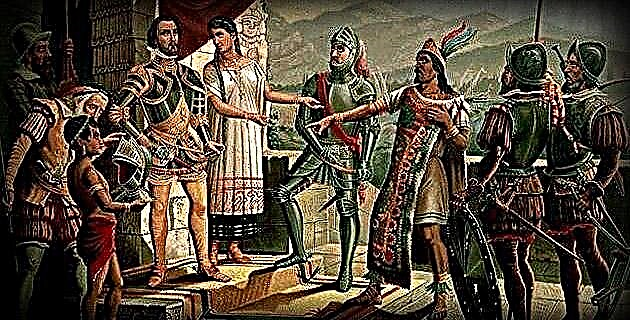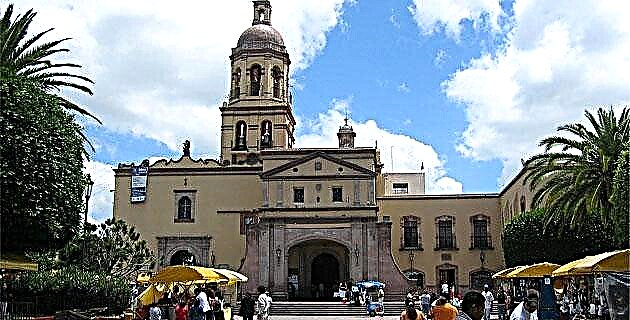
This convent was the first college for missionaries in America
"Go out into the world with torches in your hands, and announce that the Age of love, joy and peace is coming soon." These are words with which Pope Innocent III addressed Francis of Assisi to allow himself to continue his task of evangelization throughout the world. Over time, the Franciscan order left its mark in countless places, such as the convent of the Holy Cross, located in the city of Querétaro.
Before the evangelizers arrived in Querétaro, that area of the country was inhabited by the Chichimecas. The arduous process of colonization produced combats in defense of the territory and customs, and culminated in the early morning of July 25, 1531, on the hill of El Sangremal. At the end of the battle, where the Spaniards were victorious, a small chapel dedicated to the Holy Cross of the Conquest was established.
In that same place, in 1609, the construction of the convent that we know today began. The works were completed in 1683, when Fray Antonio Linaz de Jesús María, born in Mallorca, Spain, established the first college for missionaries in America.
Father Linaz obtained the bull - lead seal of pontifical documents -, granted by Pope Innocent XI to create the new institute or college; Thus began a work that he directed for thirty years, until his death, which occurred in Madrid on June 29, 1693. During the next two centuries the most famous missionaries, explorers, translators and civilizers from vast regions, such as Texas, were trained in his classrooms. , Arizona and Central America.
The majestic architecture of the Santa Cruz convent reflects the importance it has had in the history of Queretaro, both in the religious, civil and political fields.
On the one hand, through time, this space has served as fertile ground for the cultivation of faith, culture and education; on the other, the convent is closely linked to important pages of national history.
In 1810, Don Miguel Domínguez, mayor of the city, was imprisoned in a cell of the Santa Cruz convent.
In 1867, Maximilian of Habsburg took the convent as his headquarters, and there he settled for two months. The emperor could not resist the push of the liberals led by Mariano Escobedo, Ramón Corona and Porfirio Díaz, and surrendered on May 15, then, the convent was imposed as a prison for two days.
Between 1867 and 1946, the building functioned as a barracks. These seventy years deteriorated its architecture, favored the systematic looting of furniture, pictorial and sculptural artistic works, and even its library disappeared.
THE AQUEDUCT AND COLLEGE OF LA SANTA CRUZ
In December 1796, the construction of the Querétaro aqueduct began. To achieve this, Don Juan Antonio de Urrutia Arana, knight of the order of Alcántara and Marquis of Villa del Villar del Águila, contributed 66.5 percent of the cost. The remaining 33 percent was collected by the general population, “both poor and rich, along with a benefactor from the Colegio de la Santa Cruz, a condonation applied to the work” and funds from the city. Chichimeca and Otomi hands dedicated themselves to building the famous work, completed in 1738.
The aqueduct has a length of 8,932 m, of which 4,180 are underground. Its maximum height is 23 m and it has 74 arches, the last of which led to the courtyard of the convent. Today we can see, in that same patio, sundials each oriented to function in the different seasons of the year.
The walls of the convent are built with stones adhered with a mixture of lime and maguey juice.
THE BULLETED CHRIST
The restoration of the convent, carried out in recent decades, made it possible to locate, in 1968, a wall painting that had remained hidden under a layer of smoke.
The fresco was apparently painted during the 18th century by an anonymous artist, and depicts an image of Christ with the city of Jerusalem. It is located in a room called the "cell of Christ", and has small marks that appear to be bullet wounds, perhaps caused by drunken soldiers when testing their aim with the work as a target.
THE TREE OF CROSSES
In the garden of the convent there is an extraordinary tree, whose fame has transcended the scientific world: the tree of crosses.
It does not produce flowers or fruits, it has tiny leaves and a series of cross-shaped thorns. Each cross, in turn, presents three minor thorns that simulate the nails of the crucifixion.
A legend tells that the missionary Antonio de Margil de Jesús nailed his staff in the garden and, with the passage of time, it returned to become the tree that today can be seen as a unique product of nature.
One more characteristic is that the convent gardens seem to have many copies of the tree of the cross; yet it is one whose roots sprout independently. Scientists who have observed the tree classify it within the mimosas family.
This architectural monument, in addition to being a must for tourists, offers a pleasant lesson about convent life and Queretaro history.
IF YOU GO TO THE SANTA CRUZ CONVENT
From the Federal District, take highway no. 57 to Querétaro. And in Querétaro go to the Historic Center of the city. In the streets of Independencia and Felipe Luna stands the Convent of the Santa Cruz.
Source: Unknown Mexico No. 235 / September 1996

